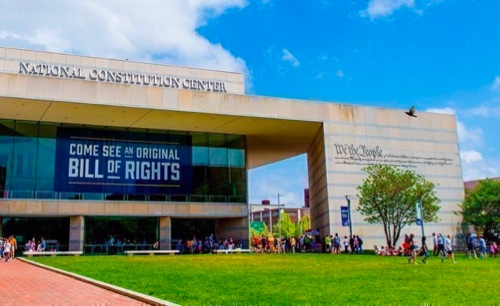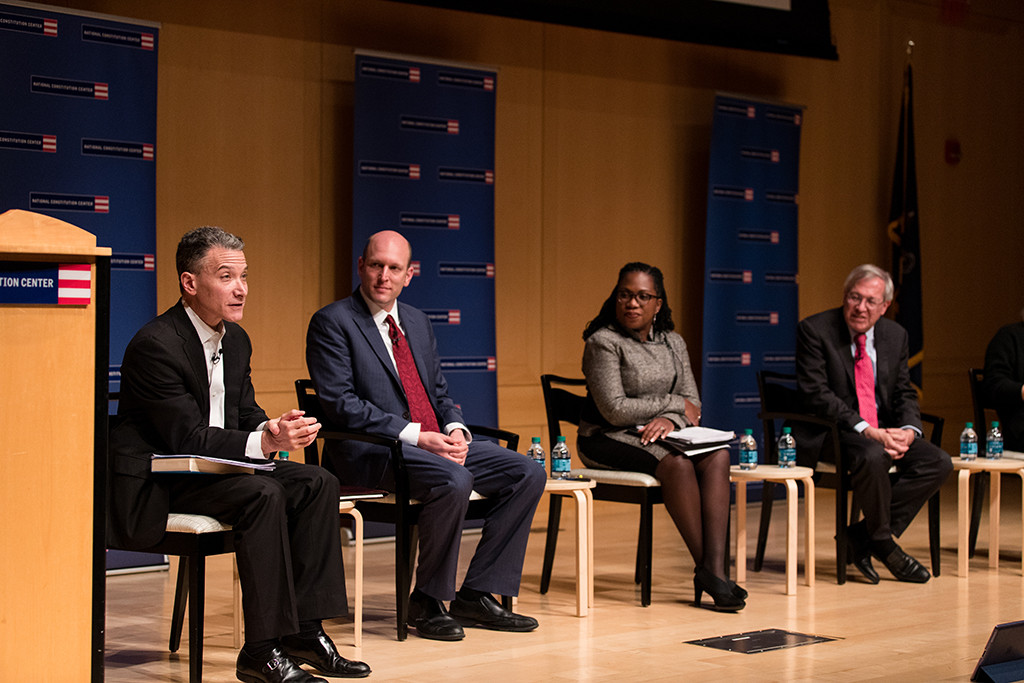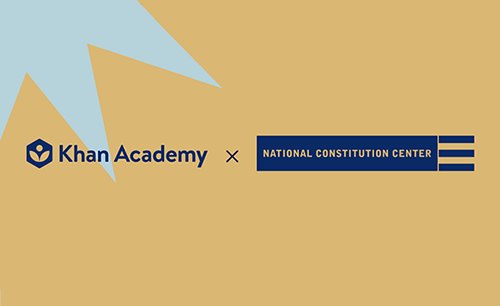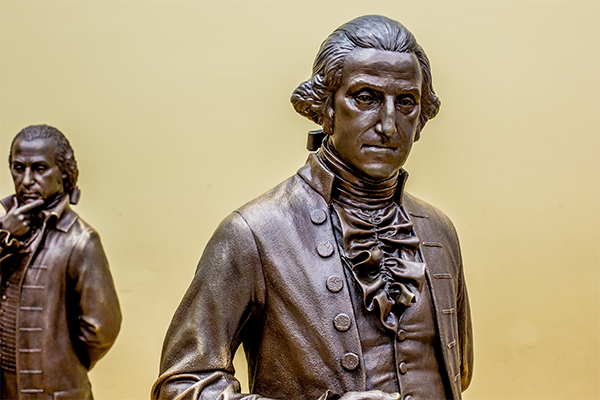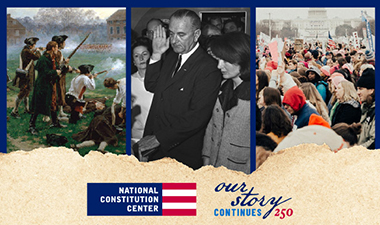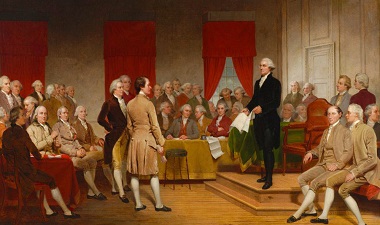At the National Constitution Center, we value civil dialogue, which empowers students to speak about constitutional and historical topics in ways that remain civil, respectful, and reflective. As you prepare to discuss these topics in your classroom, we encourage you to establish norms such as:
- Stay calm
- Listen patiently
- Listen actively
- Don’t speak twice until everybody has spoken once
You can find more support for establishing norms and civil dialogue practices in our Civil Dialogue Toolkit.
Presidential actions and proposed legislation in recent weeks could reshape how people register to vote for federal elections. In March, President Donald Trump issued an executive order requiring proof of citizenship for voters, while also aiming to end the practice in states of counting mail-in ballots received after Election Day.
On April 10, the House of Representatives passed the SAVE Act, which will require proof of citizenship for people to register to vote at a state level for federal elections. The act now goes to the Senate for its approval, where it may face the prospect of a filibuster.
Media Asset
In this Constitution Daily blog post, we explore what changes are possibly coming from Washington, D.C., and the potential constitutional questions raised by them.
Discussion Questions for Students
- In your own words, explain how the SAVE Act, if signed into law, will impact voting rights.
- How does a bill become a law? And how might separation of powers play a role in whether or not the SAVE Act will become a law?
- Explain how the proposed SAVE Act would amend the National Voter Registration Act of 1993. What does this illuminate about the powers of Congress and its influence in lawmaking?
- What is the role of the judicial branch in election law?
Select an Optional Student Activity for Deeper Exploration
- In small groups, simulate members of Congress holding a hearing on the SAVE Act. Each group member should prepare a short opening statement based on constitutional perspective for or against the bill. Take turns asking each other thoughtful questions that explore the bill’s alignment with constitutional principles.
- Create a timeline that traces the history of voting rights in America. Annotate the timeline to highlight any tensions between the federal government and the states, as well as between the branches of the federal government, as it pertains to this history. (Consider making this a jigsaw activity and assigning groups of students to different eras in history and compile a comprehensive class timeline.)
- Create an infographic that addresses the similarities and differences between the SAVE Act and the National Voter Registration Act. Be sure to emphasize as many connections to the Constitution as possible.
- Imagine you’re writing a letter to your local newspaper to help readers make sense of the SAVE Act. Use specific references to the Constitution to ground your letter in constitutional reasoning.
Dig Deeper on this Content with Additional Resources
Historical Foundations Through Primary Sources
- Article I of the Constitution, Elections Clause
- Interpretations of the Elections Clause on the Interactive Constitution
- What does the Constitution say about voting? (Khan Academy Constitution 101 student course video)
- What does the Elections Clause say? (Khan Academy Constitution 101 student course video)
Develop Constitutional Thinking Skills with Current Events
- What has the Supreme Court said about voter ID laws? (Khan Academy Constitution 101 student course video)
- How does the Supreme Court analyze voting rights challenges? (Khan Academy Constitution 101 student course video)
- Voting Rights in America (Constitution 101 curriculum video)
